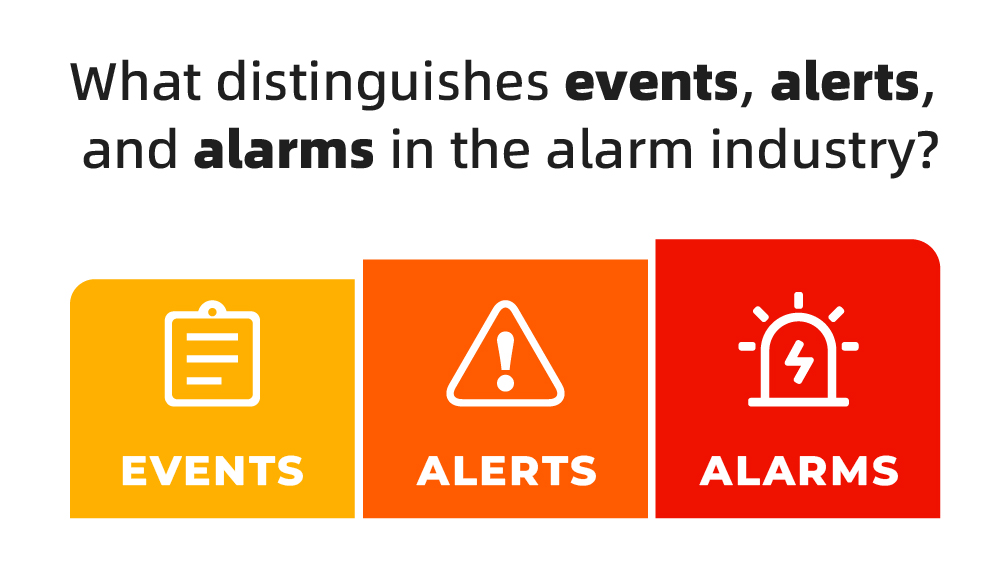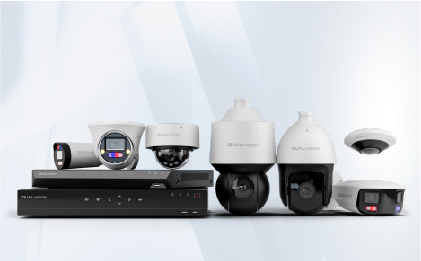Within the alarm industry, the terms events, alerts, and alarms carry distinct meanings crucial for understanding and responding to diverse situations:
Events:
An event is any occurrence or change in the normal state that is detected by the security system. It doesn't necessarily indicate an emergency or require immediate attention. Examples encompass the arming or disarming of the system, a door opening or closing, or a scheduled test of the system's functionality.
Events are logged by the system to create a record of all activities, which can be reviewed for maintenance, to understand usage patterns, or for investigative purposes after an incident.
Alerts:
Alerts are notifications about specific events that may need attention but are not necessarily indicative of an emergency. Examples include technical issues like low battery warnings, maintenance reminders, or notifications of system tampering.
Alerts can be configured to notify the property owner or monitoring personnel through various communication channels, such as email, text messages, or app notifications.

Alarms:
Alarms denote high-priority events suggesting an emergency or immediate security risk, such as intrusion, fire, or gas leaks. They are designed to prompt an urgent response, whether from the property owner, monitoring center, or directly from emergency services. Alarms typically activate audible sirens or bells on the premises and transmit a signal to the monitoring center, which then follows predefined protocols to respond to the alarm.
In conclusion, understanding the distinctions among events, alerts, and alarms is pivotal in navigating the intricacies of the alarm industry. Events serve as a comprehensive log of system activities, alerts notify of specific noteworthy occurrences without necessarily indicating emergencies, and alarms, being high-priority signals, demand urgent responses to potential security risks. This nuanced comprehension empowers stakeholders, be it property owners, monitoring personnel, or emergency services, to tailor their responses effectively, ensuring a swift and appropriate reaction to varying situations in the realm of security and safety.


 New Products
New Products















